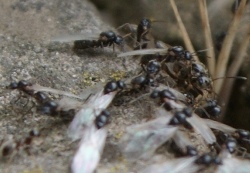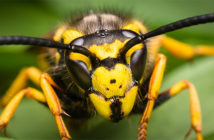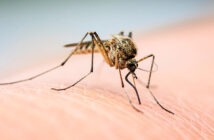The idea that ants all emerge and fly on the same day is a myth according to the result s form the first public survey of the phenomena which were announced this week as part of Biology Week, which ends today, Friday 19 October.
Data gathered by volunteers from all over the country has allowed the Society of Biology to do research which scientists just could not physically have done on their own. The public mapped 6,000 flying ant sightings mainly thought to be of the black garden ant (Lasius niger). These showed two clear two peaks in flying ant appearances over one fortnight with one-fifth of sightings occuring on Tuesday 24 July 2012 and another fifth two weeks later on Wednesday 8 August 2012.
|
Some of the results have surprised the experts. “Even over a small area emergences happened on different days, suggesting that local synchronisation is not as precise as is widely believed,” said Professor Adam Hart, an ecologist at University of Gloucestershire, who presented the results of the survey at a Biology Week event. “We found a relationship between flying ant swarms and weather conditions, which we expected, and geographical variation, which we didn”t expect,” he said. In the time between the two peaks, an area of low pressure moved across the UK, bringing with it wind and rain which it is thought may have discouraged the ants from emerging so it may be too soon to throw out the idea of a single emergence altogether. |
|
|
|
According to Professor Hart: “There”s actually a fairly tight window, pretty much nationally, when they”re coming out. You don”t need to take a very large number of days on either side of that fortnight before you can account for over 80% of all sightings,” he said. One very consistent factor was found to be the time of day at which the ants emerged: normally between 4pm and 6pm. “Mid-afternoon flights make sense: this gives them enough time to find somewhere to hide but not too much time for exposure to predators,” said Prof Hart. The team now hopes to repeat the study in future years so that the scientists can draw firmer conclusions. |
||




